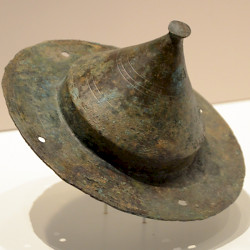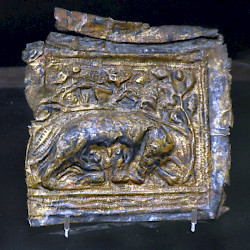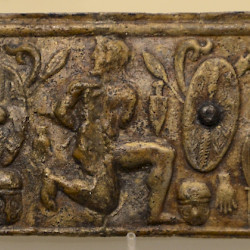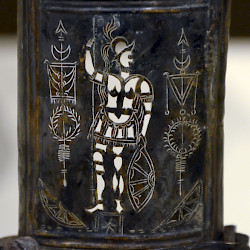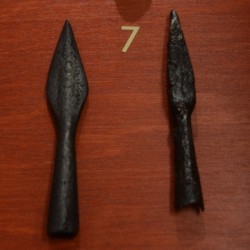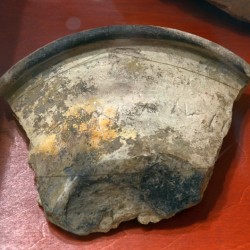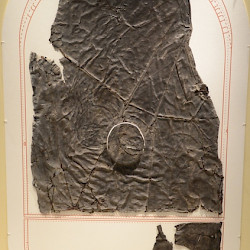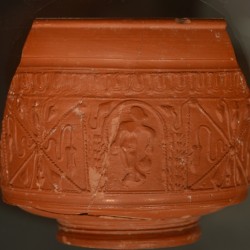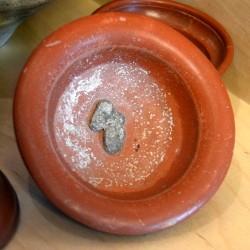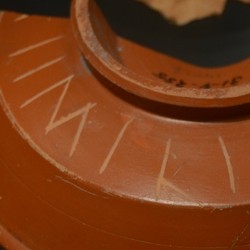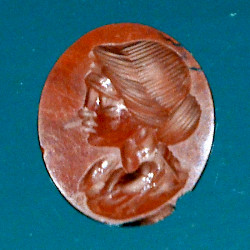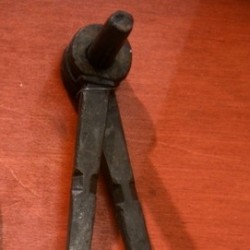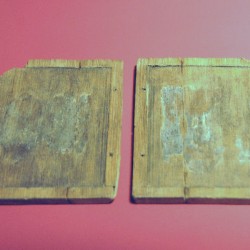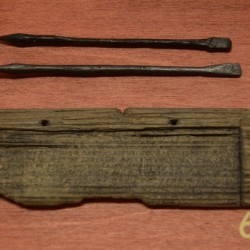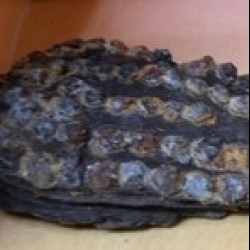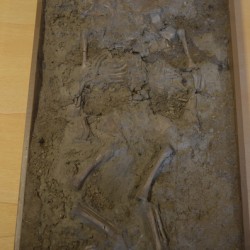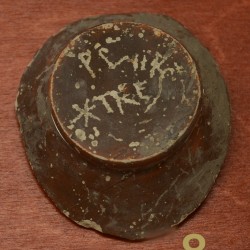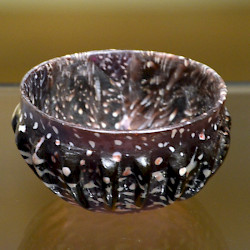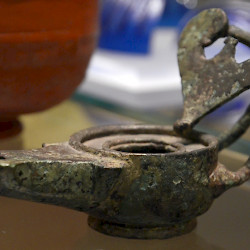Praetorium Agrippinae (Valkenburg ZH)
Q584285Praetorium Agrippinae: name of a Roman fort and supply base on the Lower Rhine, modern Valkenburg.
Praetorium Agrippinae
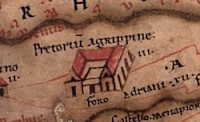
Praetorium Agrippinae (Valkenburg) was founded in the winter of 39/40 by the emperor Caligula (37-41), who visited the area of the Lower Rhine in 40. The presence of the emperor is certain, as a barrel has been excavated that once contained wine from the emperor's personal vineyards. The settlement was named after Caligula's mother: its full name means "the Headquarter of Agrippina". The fort offered accommodation to a squadron of cavalry.

An important problem is that the settlement is shown on the Peutinger Map (a medieval copy of a fourth-century original) with a symbol that nearly always signifies a civil settlement with a bathhouse - but the settlement at Valkenburg is definitely military. This puzzle is still unsolved. One possible solution, however, can be excluded: that there is a still undiscovered civil settlement in the neighborhood. The excavations at Valkenburg are among the largest in the Lower Rhine area and it is impossible that the archaeologists have overlooked a civil settlement on the boards of the river.
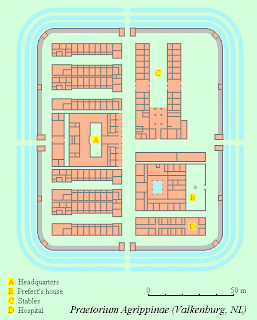
The fort was occupied until the third quarter of the third century and was reconstructed several times, for example after it had been destroyed during the Batavian revolt (69-70). It was rebuilt from natural stones and bricks after 175 and can be connected to the presence of a governor named Didius Julianus.
Praetorium Agrippinae was abandoned after c.270. This is more or less at the same time of the disaster that befell Germania Inferior in 274, when the Roman emperor Aurelian reconquered northwestern Europe, which had become independent in 260 and had succeeded in defending itself against the Germanic Franks and Alamanni. The end of this Gallic Empire meant the collapse of the Rhine frontier and the end of many Roman towns, like Valkenburg.
However, when the emperor Constantius I Chlorus reconquered the area of the Lower Rhine at the beginning of the fourth century, Praetorium Agrippinae was fortified again. By now, it had become a real castle. It was not abandoned until c.400.
Valkenburg-Marktveld

To the south of the fort was, at a place that is now called Valkenburg-Marktveld, a second military complex, which consisted of several elements: a granary, a small fort, and a watchtower. It was in use between 40 and c.250, although its military function of this supply base seems gradually to have diminished. It is possible that it was some sort of port of transhipment.
The Roman road leading from this fort to the next military settlement (Matilo, Leiden) has been discovered. It was situated on a small dike, about 4½ meters wide, and covered with shells and grit. The first stage of the building of the limes can dendrochronologically be dated to the first years of the reign of the emperor Trajan: the trees were felled in 99/100. A second building phase is connected with Hadrian's visit to Germania Inferior and can be dated to 124/125.
Some Finds

One interesting discovery from Valkenburg was a small statuette of the goddess Isis from Egypt. We do not know what it means. It is possible that one of the auxilary soldiers serving at Praetorium Agrippinae venerated this Egyptian goddess (who was popular in the entire Mediterranean world), but we can also assume that the statuette's attributes were equal to that of another, local goddess (e.g., Nerthus). The recent discovery that the Roman god Saturn was worshiped among the Tubantes, outside the Roman Empire,note may be an indicication for the first possibility: that the people in Germania Inferior worshiped a romanized Egyptian goddess.

Among the other finds is a wooden writing tablet. Usually, the text of a letter was written on a layer of wax, a material that is rather perishable. The owner of this tablet, however, has pushed hard on his pen, so that the letters he carved are readable in the wood of the tablet. The address is still legible: he had written a letter.
Tulo Leucorum
Albano medico
In other words, a doctor named Albanus from modern Toul, the capital of the ancient Leuci in Lorraine, receive this letter in Valkenburg.
A terrible discovery was a group of baby skeletons. The little children suffered from lead poisoning. Since they were still drinking mother's milk, they must have been poisoned by their mothers, who did not know what was happening.
